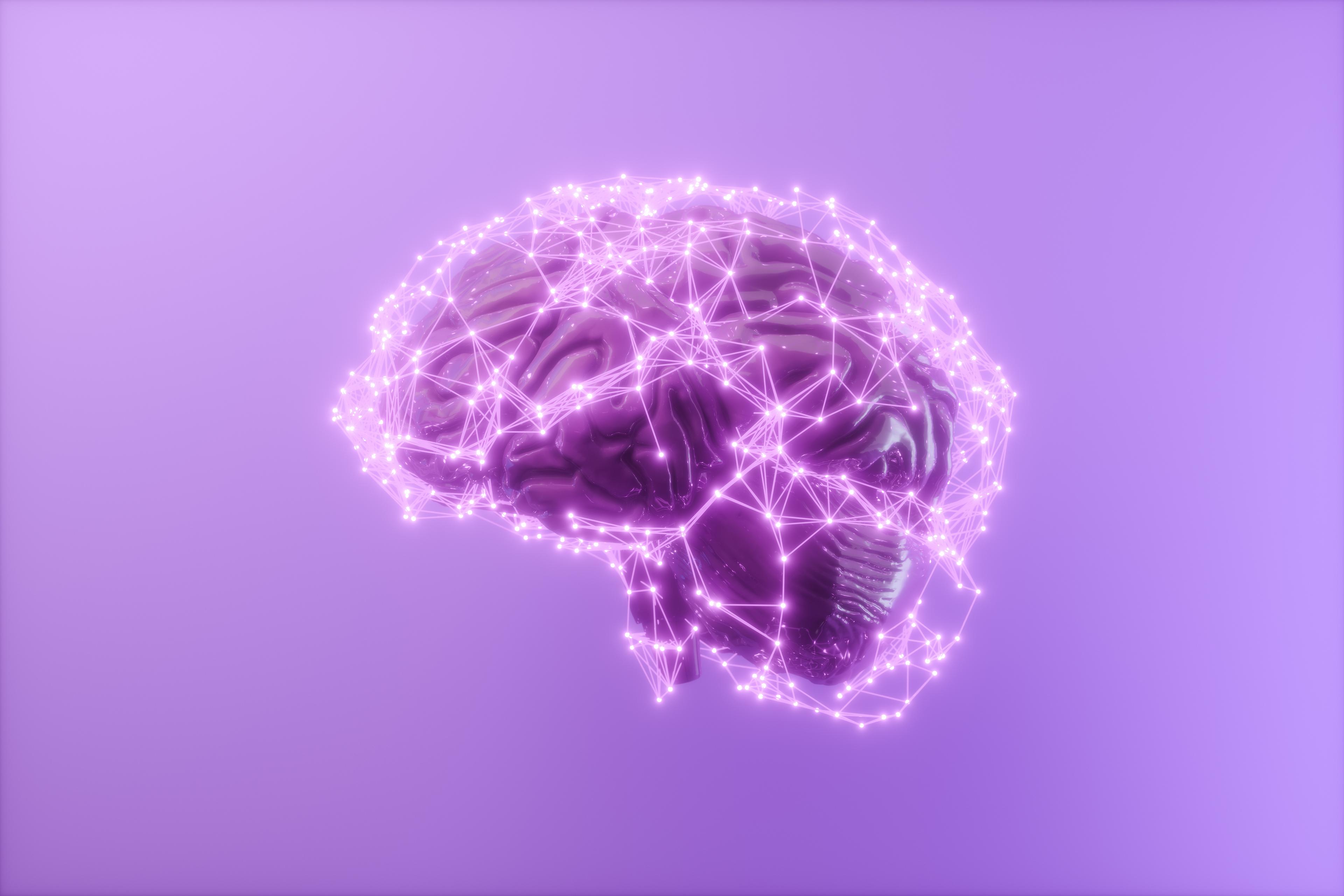
Before exploring what anorexia is, it’s important to address what anorexia is not. Debunking common myths is a key step in learning about this misunderstood illness.
Over generations, the media–including movies, magazines, and social media–have perpetuated the stereotype that anorexia affects only thin white young women. Popular narratives about anorexia also reinforce the myth that anorexia is “all about control” or an obsession with appearance. Even news about eating disorders is often accompanied by stock photos that reinforce the false notion that anorexia has a “look,” such as a thin girl staring at herself in a mirror.
But contrary to these popular misconceptions, anorexia is not a choice, a lifestyle, or a phase. Anorexia is a serious brain-based mental illness characterized by insufficient caloric intake and an intense fear of weight gain. Unlike the false portrayal in the media, anorexia affects people across all genders, ages, races, sexual orientations, body sizes, and socioeconomic statuses.
Because we’re bombarded with stereotypes and false information about anorexia, it can be difficult to discern the facts from fiction. Here’s what you need to know about anorexia–from symptoms to treatment:
What causes anorexia?
It’s difficult (if not impossible) to identify a specific cause for an individual’s eating disorder. Research does tell us, however, that anorexia is a complex, neurobiological mental illness with a strong genetic component, influenced by social, environmental, and cultural factors.
Once again, it’s important to challenge pervasive myths about the “causes” anorexia. Decades ago, experts often blamed parents, especially mothers, when a child developed anorexia. Although we now know families are not to blame, this harmful belief persists in our culture.
In actuality, anorexia tends to be triggered by what is known as an energy deficit: not getting enough calories to meet the body’s needs. And the most common pathway to an energy deficit? Dieting.
Very few people today talk about dieting per se but may instead strive for “healthy eating,” “clean eating,” or a “lifestyle change.” However, limiting or eliminating food groups in the name of “health” can quickly lead someone to take in an insufficient amount of calories. Even a shift to a plant-based diet for environmental or animal welfare reasons can result in an energy deficit that ultimately triggers an eating disorder. While anorexia is so much more than a “diet gone wrong,” it is important to know that dieting–by any name–is a significant risk factor for developing an eating disorder.
Intentional dietary changes aren’t the only way someone can end up in an energy deficit. Illness, surgery, medication, or an increase in physical activity without sufficient refueling can all lead to someone unintentionally not getting enough calories.
What are the symptoms of anorexia?
Anorexia can be difficult to spot because the eating disorder usually doesn’t want to be seen. Many eating disorder behaviors happen in secret or are even perceived as being “healthy.” Rather than raise alarm bells, weight loss or showing “discipline” around food and exercise tend to garner praise. Learning about the range of various symptoms outlined below can help you stay informed and alert to concerning signs in someone you care about.
Food-related symptoms
It’s important to know that most people with anorexia doeat. Their behaviors or attitude around food, however, may indicate they are struggling. Here are some common warning signs:
- Studying nutrition labels (without a medical reason) and counting calories
- Turning down foods they previously enjoyed
- Using the bathroom (including taking showers) right after meals in order to purge (e.g., vomiting, exercising, or using laxatives)
- Cooking or baking for others, but not eating the food themselves
- Dining alone (avoiding eating with family or friends)
- Engaging in food rituals, such as cutting food into tiny pieces, smearing food on the plate, needing to eat foods in a certain order, or adding an unusual amount of mustard, pickles, or other low-calorie condiments
- Refusing to drink anything but water or non-caloric beverages
Physical signs
Because anorexia can affect every organ system in the body, physical symptoms are often present, including:
- Weight loss, or lack of expected weight gain or height growth in children
- Feeling cold all the time, even in warm environments
- Frequent illness or injuries (such as stress fractures)
- Loss of a period in those who would normally be menstruating
- Hair loss or growth of fine hair on the body
- Dizziness or fainting
- Constipation, abdominal pain, or other GI issues
Exercise red flags
Many people with anorexia develop a disordered relationship with activity. Some warning signs of a potentially problematic relationship with exercise include:
- Working out in a compulsive or secretive way
- Rigidly quantifying and tracking physical activity, such as with a fitness app
- Feeling compelled to complete an exact amount of exercise each day
- Never taking a day off and feeling guilty if not able to exercise
- Exercising in order to “earn” or “burn off” food
- Obsessively emulating fitness influencers on social media
Concerns about appearance
Someone with anorexia often suffers from an unhealthy preoccupation with their body size. Common signs of serious body image problems include:
- Having a distorted perception of their body size
- Wearing oversized clothing
- Avoiding social activities because of appearance worries
- Weighing themselves frequently
- Engaging in body-checking behaviors, such as pinching their flesh, checking their appearances in mirrors, trying on specific clothing items to assess the fit, or measuring body parts, such as wrists, thighs, or waist
Troubling changes in mood
When someone is malnourished from anorexia, it usually affects their mood and relationships, leading to:
- Symptoms of new or increased anxiety, depression, or obsessive-compulsive disorder
- Irritability
- Withdrawing from friends and family
- Losing their “sparkle”
- Intense perfectionism
- Rigid black-and-white thinking
- Struggling to name or express emotions
Are there different types of anorexia?
In the formal diagnosis of anorexia, two main categories exist: “anorexia nervosa, restricting subtype” (AN-R) and “anorexia nervosa, binge/purge subtype” (AN-BP). These types are determined by the dominant eating disorder symptoms someone is experiencing: primarily restricting food intake or restricting and then also bingeing and purging.
It’s worth noting that not everyone with anorexia fits neatly into one category or another; many eating disorder diagnoses can overlap, and someone may experience different symptoms at different times.
The term “atypical anorexia” (AAN) is a misleading label for someone with all of the symptoms of anorexia but without the classification of being “underweight”. There is a growing movement among eating disorder professionals to do away with this label because it is so outdated and stigmatizing. We know, for instance, that so-called “atypical anorexia” is not atypical at all; in fact, most people with anorexia are not medically underweight.
What does treatment for anorexia look like?
Many people may assume that the only way to recover from anorexia is to go away to a residential treatment center or another intensive program. While someone may need what is known as a “higher level of care,” such as partial hospitalization, many patients can get better without ever leaving home. For those who are discharging from a hospital, a residential treatment center, or a day program, recovery work doesn’t end there; in fact, some of the most important parts of the healing process can continue at home.
At Equip, our treatment for anorexia is rooted in Family-Based Treatment (FBT)–the leading evidence-based treatment for anorexia in children, adolescents, and young adults. FBT empowers a patient and their family (including chosenfamily) to navigate treatment and recovery at home.
In FBT, the initial phase of treatment focuses on nutritional rehabilitation: supporting the patient to eat regularly and enough to allow for full weight restoration to the right weight range for their body. By healing the body (including the brain) as soon as possible, FBT stops the progression of physical and emotional damage from the eating disorder—and gets the patient on the path to recovery.
Once fully nourished and free from eating disorder behaviors, many people experience a significant reduction in psychological symptoms like rigid or obsessive thoughts about food, severe body image distress, depression, and/or anxiety. At this phase of treatment, FBT sessions shift focus to social-emotional development, such as navigating friendship challenges, learning new communication strategies, and building coping skills for stressful times–a key component of relapse prevention.
In the past, anorexia was commonly thought to be something you had to struggle with for your entire life, in large part because the illness was so misunderstood. Too often, people with anorexia were blamed for their condition or weren’t given adequate support to renourish their bodies. With evidence-based treatment, true healing and lasting recovery are within reach.








